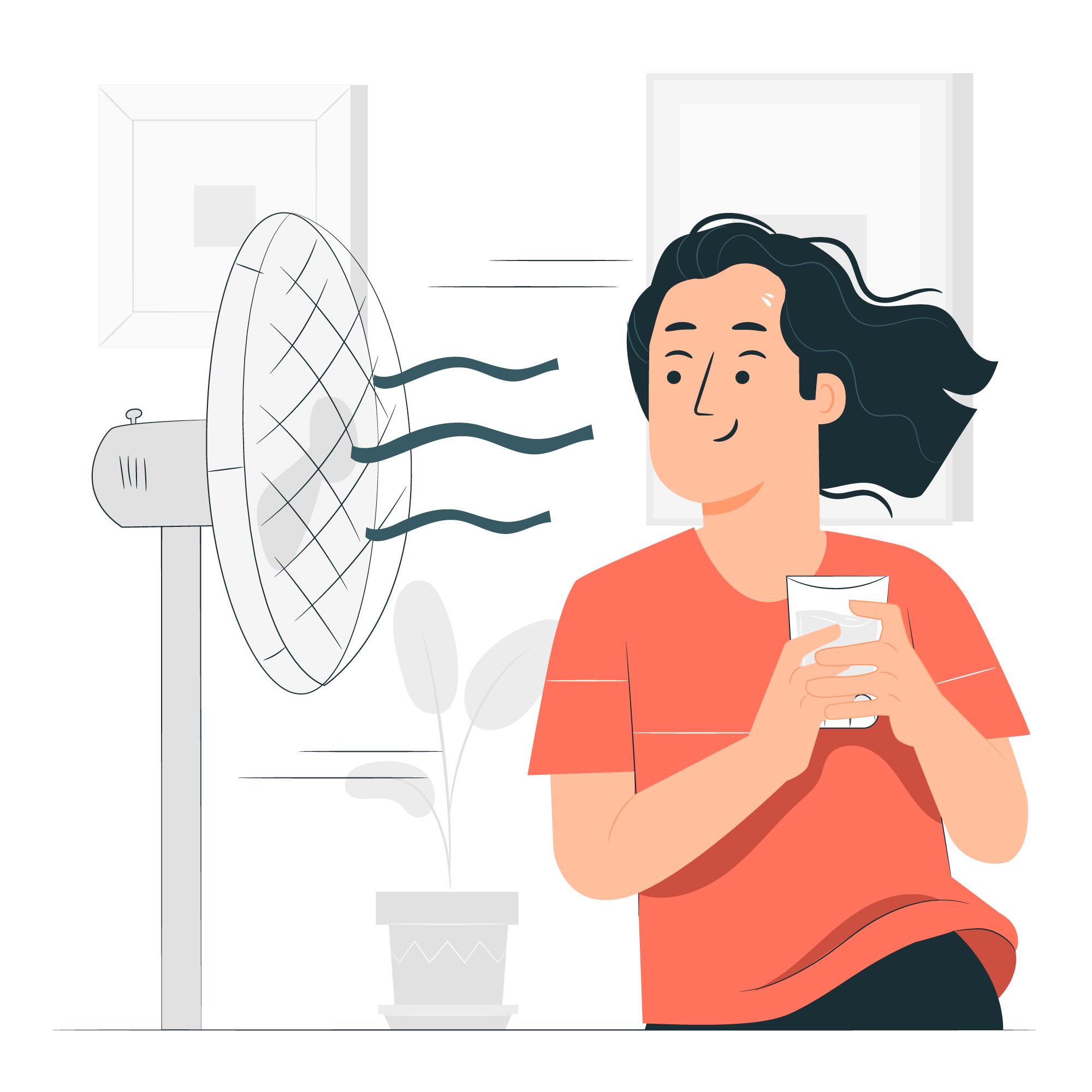California’s new Indoor Heat Illness Prevention Standard (Title 8, Section 3396) took effect on July 23, 2024, marking a significant step in safeguarding workers from heat-related illnesses in indoor environments. This regulation applies to most indoor workplaces where temperatures reach or exceed 82°F, including those with air conditioning. Employers are now required to implement measures to protect employees, ensuring their health and safety during periods of elevated indoor temperatures.
Understanding the New Requirements
The regulation introduces a tiered approach based on specific temperature thresholds:
- At 82°F or Higher:
- Written Heat Illness Prevention Plan (IHIPP): Employers must develop and maintain a written plan detailing procedures for providing water, access to cool down areas, acclimatization, emergency response, and training.
- Access to Cool-Down Areas: Employees should have access to areas maintained below 82°F for rest breaks.
- Provision of Water: Employers must provide fresh, cool drinking water close to work areas.
- Employee Training: Training on heat illness prevention must be provided to all employees and supervisors.
- Written Heat Illness Prevention Plan (IHIPP): Employers must develop and maintain a written plan detailing procedures for providing water, access to cool down areas, acclimatization, emergency response, and training.
- At 87°F or Higher, or 82°F with Additional Risk Factors (e.g., high radiant heat or restrictive clothing):
- Temperature Monitoring: Employers must measure and record the temperature and heat index, maintaining records for 12 months.
- Implementing Control Measures: Feasible engineering controls, like air conditioning or ventilation, should be used to reduce temperatures. If not sufficient, administrative controls (such as work-rest schedules) and personal heat protective equipment must be provided.
- Temperature Monitoring: Employers must measure and record the temperature and heat index, maintaining records for 12 months.
Applicability to Air-Conditioned Workplaces
Even in air conditioned environments, the regulation applies if temperatures reach the specified thresholds. For instance, during heatwaves or equipment failures, indoor temperatures can rise, triggering the requirements. Employers must be vigilant in monitoring indoor conditions and ensuring compliance, regardless of the presence of air conditioning.
Incorporate contingency plans into your Injury and Illness Prevention Programs (IIPPs) to address such scenarios. These plans should outline procedures for monitoring indoor temperatures during outages and implementing measures to protect employees from heat-related risks.
Contact Allevity Today
Protecting your employees from heat-related illnesses is not only a regulatory requirement but also a testament to your commitment to their well-being.
Navigating the complexities of the new Indoor Heat Illness Prevention standards and other legislative standards can be challenging. Allevity is here to support our clients in developing an updated IIPPs for your workplace needs. Our team can help ensure your compliance with the regulation, safeguarding your employees’ well-being and your business’s operational continuity.
Let Allevity partner with you to create a safer, healthier workplace.
For personalized assistance, contact Allevity at 530/345-2486 or visit our website at www.allevity.com.

